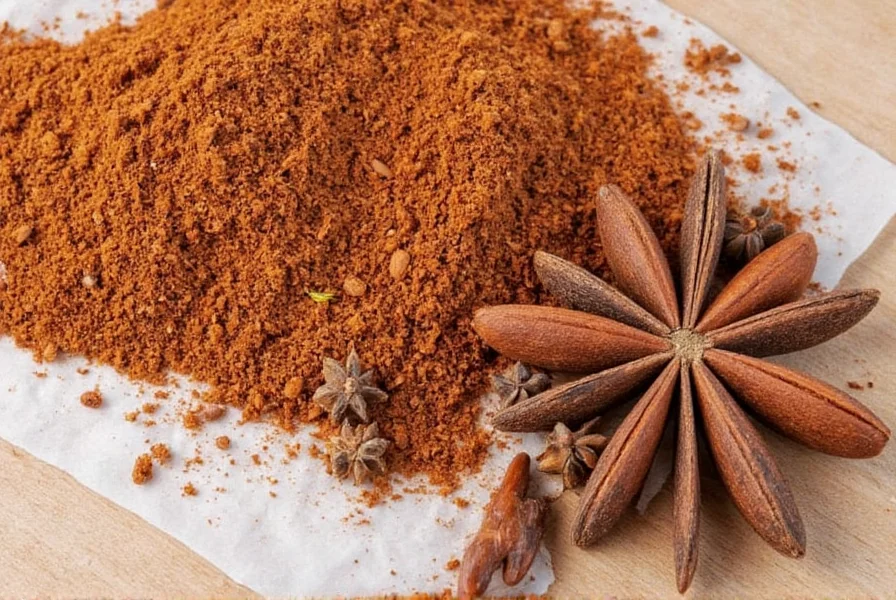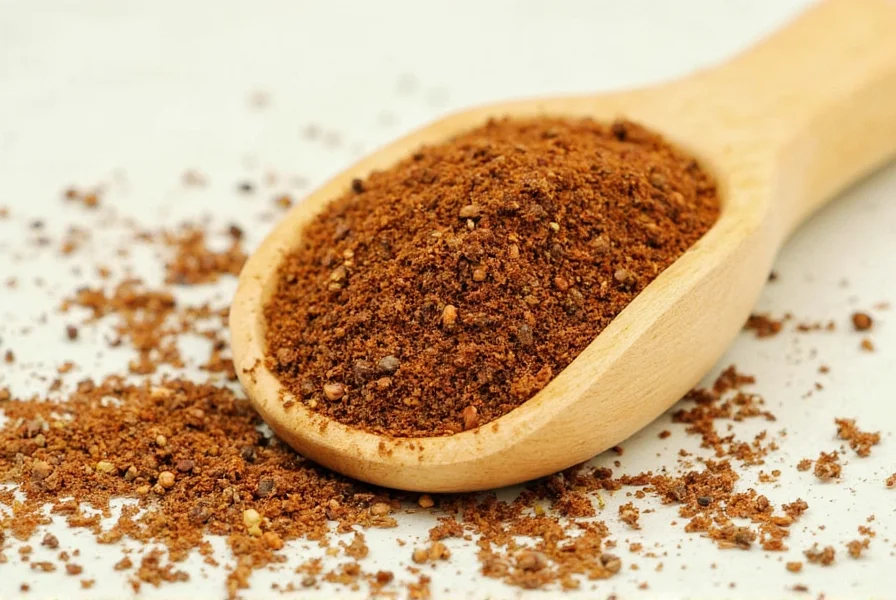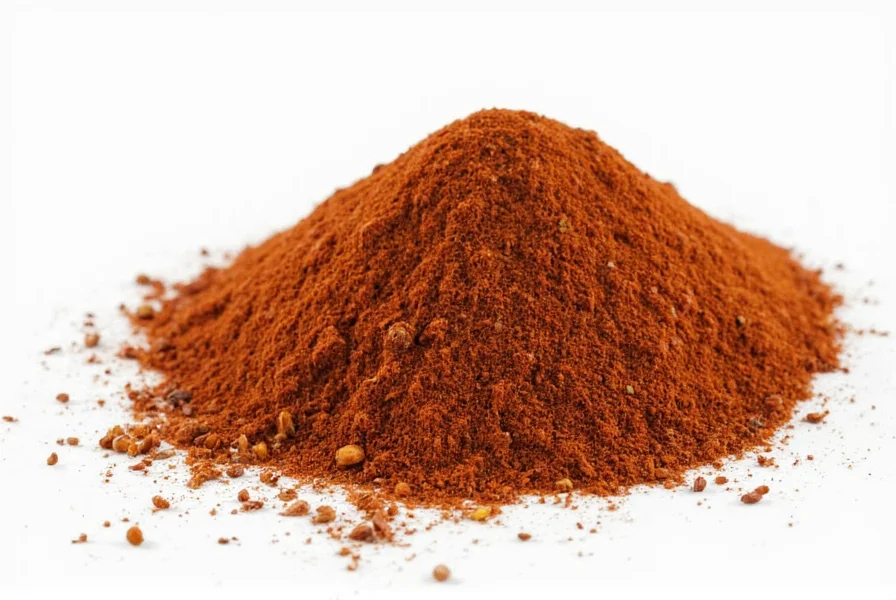Many home cooks searching for what is in all spice mistakenly believe they're inquiring about a spice mixture. This common misconception stems from the spice's name and complex flavor profile that seems to combine multiple spices. Understanding allspice ingredients list begins with recognizing it's a singular botanical product, not a pre-mixed combination.
The True Nature of Allspice
Allspice, scientifically known as Pimenta dioica, produces small berries that are harvested while still green and unripe. These berries undergo a drying process that transforms them from green to reddish-brown and finally to the dark brown color we recognize as allspice. During this drying phase, the berries develop their signature aroma that combines notes reminiscent of several spices.
The name "allspice" was coined by English explorers in the 1600s who noted its flavor seemed to contain elements of cinnamon, cloves, and nutmeg—essentially tasting like "all" the spices they knew. This historical naming convention has led to persistent confusion about what spices are in allspice, when in reality, no additional spices are added.

Flavor Profile and Culinary Characteristics
Allspice delivers a complex flavor profile that explains its misleading name:
| Flavor Component | Intensity | Common Associations |
|---|---|---|
| Clove-like | Strong | Warm, pungent, slightly sweet |
| Cinnamon notes | Moderate | Woody, sweet warmth |
| Nutmeg hints | Mild | Earthy, slightly peppery |
| Black pepper undertones | Subtle | Light heat, floral notes |
This unique combination makes allspice incredibly versatile in both sweet and savory applications. When exploring what is allspice made of, it's important to understand that these flavor notes emerge naturally from the single ingredient rather than from a blend.
Geographical Origins and Production
Allspice grows primarily in:
- Jamaica (produces what many consider the highest quality)
- Other Caribbean islands
- Mexico
- Central American countries
Jamaican allspice, sometimes labeled as "pimento," is particularly prized for its balanced flavor profile. The climate and soil conditions in these regions contribute to the distinctive characteristics of the berries. This geographical specificity matters when considering allspice composition as berries from different regions can have subtle flavor variations.
Forms of Allspice Available to Cooks
Consumers encounter allspice in two primary forms:
- Whole berries - These maintain their flavor longer and can be used in pickling, stews, or infused in liquids. Many chefs prefer grinding whole berries as needed for maximum freshness.
- Ground allspice - Convenient for immediate use but loses potency more quickly. Properly stored in an airtight container away from light, ground allspice retains good flavor for 6-12 months.
When evaluating allspice vs mixed spices, remember that authentic allspice contains only one ingredient. If you purchase "allspice" that lists multiple components, you're actually getting a spice blend marketed with the same name—a common point of confusion for home cooks.
Culinary Applications Across Global Cuisines
Allspice features prominently in various culinary traditions:
- Caribbean cuisine - Essential in jerk seasoning and many traditional dishes
- Middle Eastern cooking - Used in meat rubs, rice dishes, and stews
- European baking - Features in gingerbread, spice cakes, and holiday recipes
- American Southern cooking - Common in barbecue rubs and pickling spice blends
Understanding these applications helps clarify what is allspice used for beyond its misleading name. Its versatility across sweet and savory applications makes it a valuable pantry staple.

Storage Recommendations for Maximum Freshness
To preserve the complex flavor profile that defines allspice flavor profile, proper storage is essential:
- Store in airtight containers away from heat and light
- Whole berries retain potency for 2-3 years when properly stored
- Ground allspice maintains best quality for 6-12 months
- Consider freezing whole berries for extended freshness (up to 4 years)
The volatile oils responsible for allspice's distinctive aroma degrade over time, especially in ground form. For the most authentic experience of what is in all spice, grinding your own berries just before use provides superior flavor.
Common Substitutions When Allspice Is Unavailable
When you need to understand allspice substitute ingredients, consider these options:
- DIY blend - Combine ½ teaspoon cinnamon, ¼ teaspoon nutmeg, and ¼ teaspoon cloves for each teaspoon of allspice required
- Pumpkin pie spice - Can work in sweet applications (use ¾ teaspoon for each teaspoon of allspice)
- Cloves alone - Use sparingly (¼ teaspoon cloves for each teaspoon of allspice) as they're more potent
These substitutions approximate elements of allspice's flavor but cannot perfectly replicate the complexity of the genuine article. When exploring allspice composition, remember that no blend can truly match the singular botanical origin of authentic allspice.
Addressing Common Misconceptions
The persistent confusion about is allspice a blend of spices warrants clarification:
- Allspice is NOT a pre-mixed combination of spices
- No additional ingredients are added to authentic allspice
- The name reflects perceived flavor similarities, not actual composition
- "Mixed spice" in British recipes is different from allspice
When shopping for allspice ingredients list, check labels carefully. True allspice should list only "allspice" or "pimento" as the ingredient. Products listing multiple spices are actually spice blends that include allspice among other ingredients.
Frequently Asked Questions
Is allspice really a mixture of different spices?
No, allspice is not a mixture. It's a single spice made from the dried berries of the Pimenta dioica tree. The name comes from its flavor profile that resembles a combination of cinnamon, cloves, and nutmeg, but it contains only one ingredient.
What gives allspice its complex flavor if it's just one spice?
The Pimenta dioica berries naturally contain chemical compounds that create flavor notes reminiscent of multiple spices. Eugenol provides the clove-like quality, while other compounds contribute cinnamon and nutmeg-like elements, all from a single botanical source.
Can I substitute allspice with a blend of cinnamon, nutmeg, and cloves?
Yes, you can create a reasonable substitute by combining ½ teaspoon cinnamon, ¼ teaspoon nutmeg, and ¼ teaspoon cloves for each teaspoon of allspice needed. However, this won't perfectly replicate authentic allspice, which has additional subtle flavor notes from its single-source origin.
Why is Jamaican allspice considered superior?
Jamaican allspice benefits from ideal growing conditions including specific soil composition and climate. This produces berries with a more balanced flavor profile—sufficiently warm and pungent without being overly sharp—making it the preferred choice for many professional chefs and spice connoisseurs.
How can I tell if my allspice is fresh?
Fresh allspice should have a strong, sweet aroma with distinct notes of clove and cinnamon. When crushed between your fingers, it should leave a slight oily residue. If it has little aroma or tastes flat, it's likely past its prime. Whole berries maintain freshness significantly longer than ground allspice.











 浙公网安备
33010002000092号
浙公网安备
33010002000092号 浙B2-20120091-4
浙B2-20120091-4